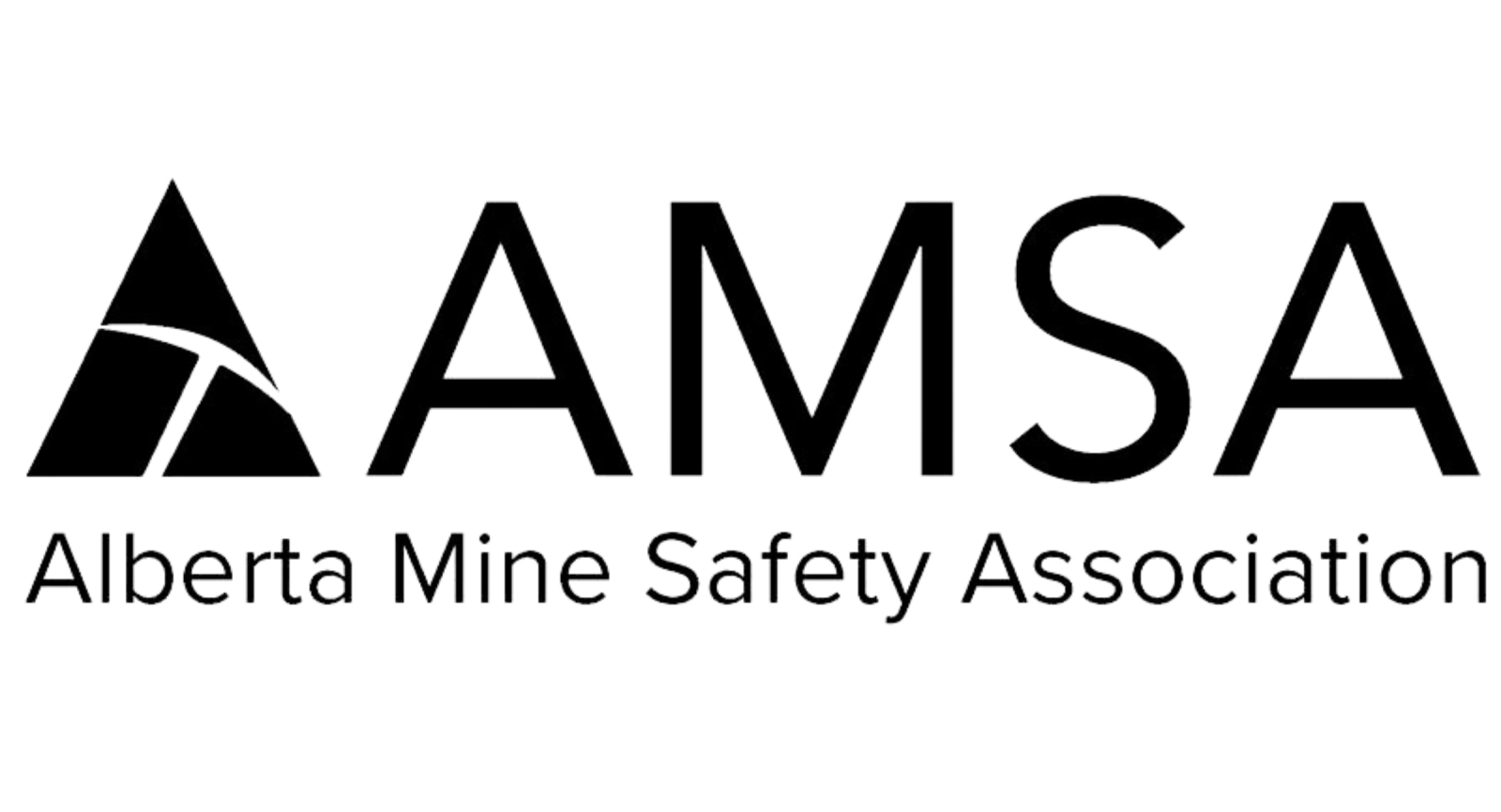Application
386 This Part applies to work sites if a mechanical ventilation system controls worker exposure to
(a) an airborne contaminant that exceeds or is likely to exceed the occupational exposure limits
prescribed in this Code,
(b) a biological contaminant that exceeds or is likely to exceed the occupational exposure limits
prescribed in this Code,
(c) potentially hazardous dust, fumes, gas, mist, aerosol, smoke, vapour or other particulate of a
kind or quantity that is given off by a process,
(d) an atmosphere that has flammable levels of gases, vapours, liquids or solids, or
(e) an atmosphere that has less than 19.5 percent or more than 23 percent by volume of oxygen.
Design
387(1) An employer must ensure that a ventilation system is
(a) designed, installed and maintained in accordance with established engineering principles, and
(b) maintained and operated according to the manufacturer’s specifications.
387(2) An employer must ensure that
(a) externally exhausted air from a ventilation system is, if reasonably practicable, prevented from
entering a work site,
(b) make up air of a volume that does not compromise the effectiveness of the ventilation system
and other ventilation systems is provided, and
(c) if it is a recirculating air system, the concentration of a contaminant controlled by the
ventilation system and discharged within the work site from the system, if reasonably
practicable, does not exceed 10 percent of the contaminant’s occupational exposure limit.
Safety
388(1) An employer must ensure that provision is made to warn workers immediately if a ventilation system fails and to provide for their protection.
388(2) An employer must ensure that workers at the work site
(a) are trained in the correct use of the ventilation system,
(b) participate in the training, and
(c) use the ventilation system properly.

